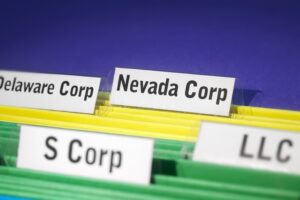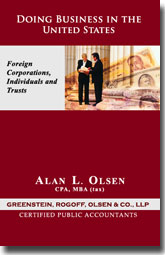Top 10 Most Expensive Pieces of Art Sold in 2016

No. 10 – Kerry James Marshall- Plunge (1992) – $2.1 million
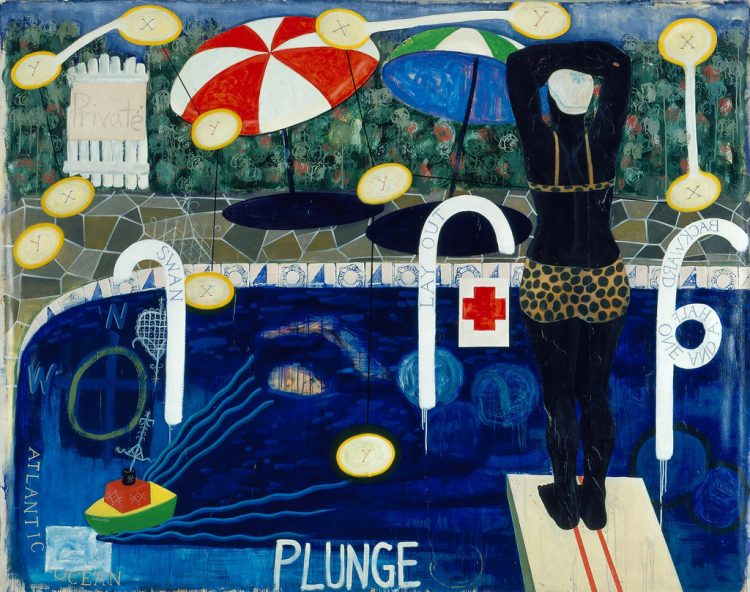
Plunge by Kerry James Marshall kicks off the list. This acrylic and paper collage on canvas is symbolic of the slave trade era. It garnered just north of $2 million at Christie’s.
No. 9 – Frida Kahlo – Two Nudes In A Forest (1939) – $8 million
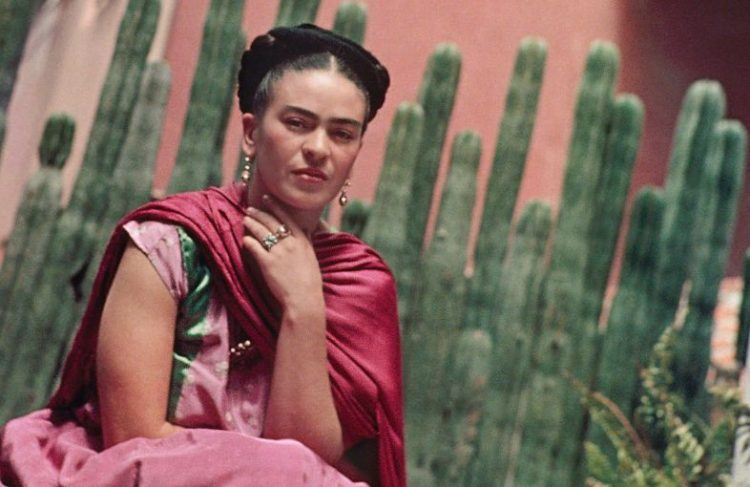
This piece has seen a huge increase in value over the past two decades as twentieth century female artists have grown in popularity. While it once sold for $150,000 in 1989, this painting just fetched $8 million in 2016.
No. 8 – Richard Prince – Runaway Nurse (2006) – $9.7 million

This painting sold for just $6.8 million five years ago, but it has increased in value by nearly $3 million over that time period. Purchased for $9.7 million in 2016 by Yusaku Maezawa, this contemporary piece from 2006 is part of Richard Prince’s “Nurse” series and has earned a lot of attention from both those in and outside of the art world.
No. 7 – Sam Francis – Summer #1 (1957) – $10.4 million
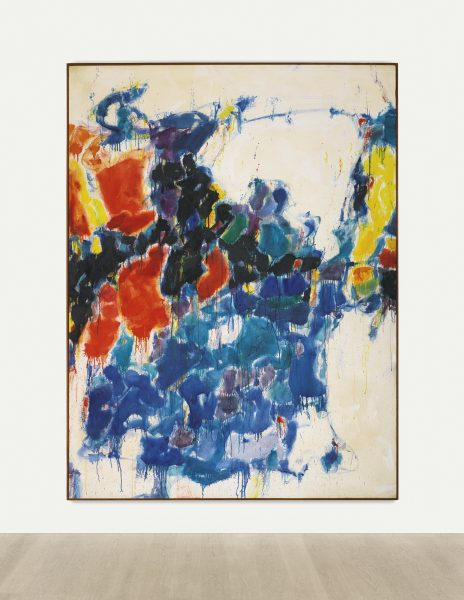
Sam Francis has seen several of his pieces increase in value in the last few years, including this postwar/contemporary piece from 1957.
No. 6 – Agnes Martin – Orange Grove (1965) – $10.7 million
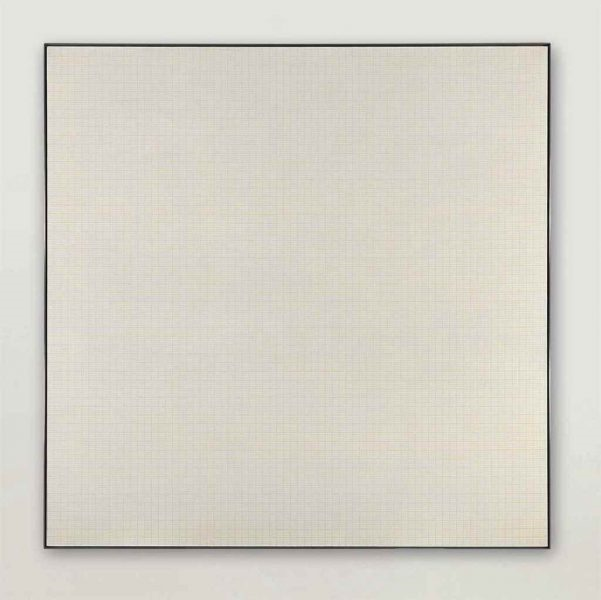
Perhaps the buyer of this painting loves oranges. It was expected to garner about $6-$8 million at auction but ended up fetching close to $11 million.
No. 5 – Claude Monet – Le bassin aux nympheas (1919) – $27 million
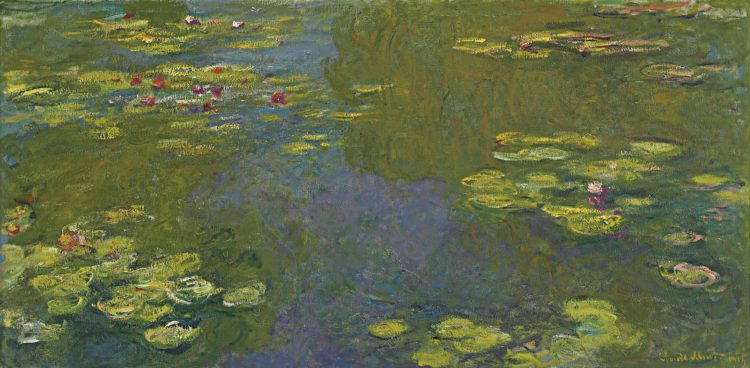
While most of Monet’s pieces are actually housed in museums, this one went on the block this year and fetched $27 million at auction.
No. 4 – Mark Rothko – No. 17 (1957) – $32.6 million
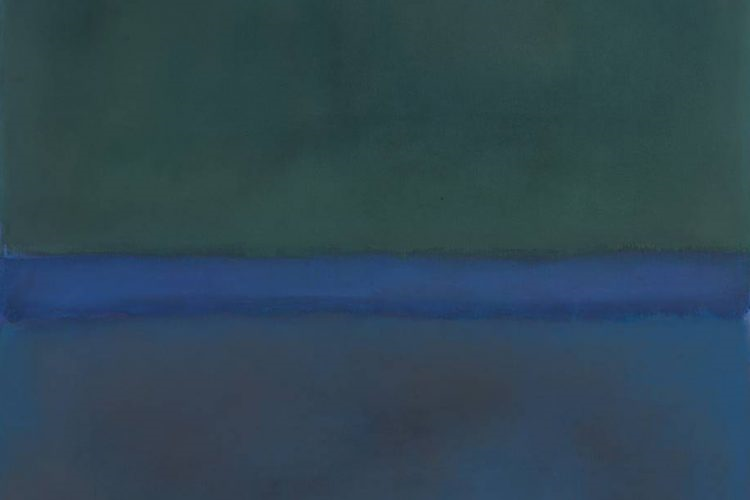
Coming in at number four is this symbolic postwar piece by Mark Rothko, which sold for more than $32 million at Christie’s earlier this year.
No. 3 – Jean-Michel Basquiat – Untitled (1982) – $57.2 million
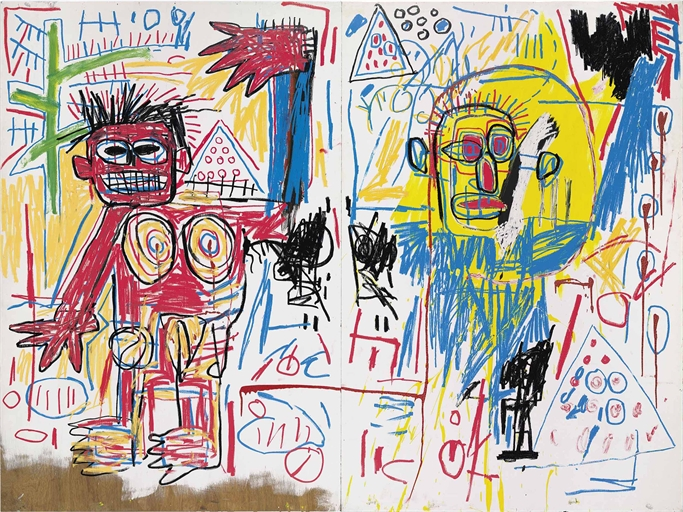
This contemporary piece from 1982 is one of the top attractions in the neo- expressionist art genre, and it continues to increase in value. Twelve years ago it sold for just $4.5 million. But just like Runaway Nurse, it was purchased by Yusaku Maezawa for more than $57 million.
No. 2 – Peter Paul Rubens – Lot and His Daughters (1613-14) – $58 million
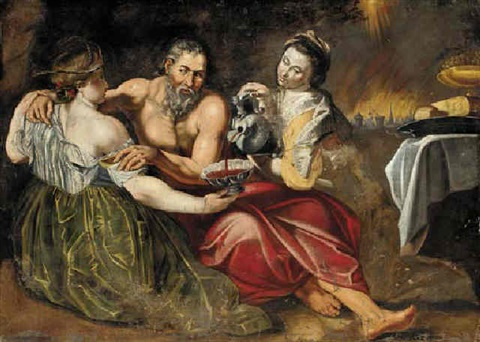
This is the second most expensive Rubens painting ever, trailing only his “Master of the Innocents.” This is an extremely old painting as well as extremely valuable.
No. 1 – Pablo Picasso – Femme Assise (1909) – $63.4 million

Picasso is not for everyone, but there’s no doubt his paintings have fetched some of the highest amounts of money in the world, including in 2016, which saw his Femme Assise sale for just over $63 million. Much of the value comes from this painting being credited with introducing a new form of art. And of course, it’s a Picasso.
You also might like the article Art as an Investment
Follow GROCO on Facebook
Don’t Gamble With Your Taxes: Read the Fine Print About Incorporating in Nevada
Don’t Gamble With Your Taxes: Read the Fine Print About Incorporating in Nevada Source: FTB Publication 689 Posted: 3/2/2010 Ever wonder about those ads that promise big tax savings for incorporating in Nevada? While there is nothing inherently wrong with incorporating or registering in Nevada or any other state for that matter, we do see…
Doing Business in the United States
Doing Business in the United States By Alan Olsen, CPA 67 Pages $24.95 + $2.00 S/H Alan L. Olsen, CPA, MBA (tax) Foreign Corporations, Individuals and Trusts The booklet can be purchased vis this “link“. It discusses the basic issues of foreign corporations and individuals wishing to do business in America. This booklet contains detailed…
The Wash Sale Rule of Capital Gains Tax
The Wash Sale Rule of Capital Gains Tax Awash sale is a trading activity in which shares of a security are sold at a loss and substantially identical security is purchased within 30 days. The subsequent purchase could occur before or after the security is sold, creating a 61-day window that must be monitored to…
Employers linking employee premiums to health screen programs
Employers linking employee premiums to health screen programs As more employers require employees to take greater financial responsibility for their own health care as part of the consumerism movement, some employers are going even further, tying employees’ premium contributions to their participation in health risk appraisals and, in some cases, to improvements in health status.…

